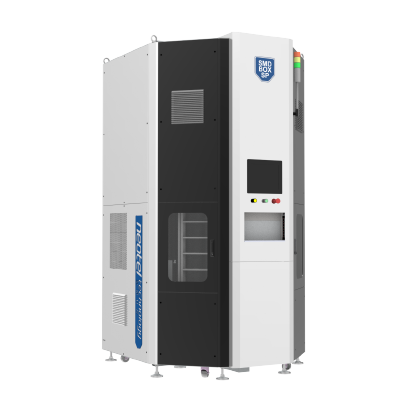Software integration structure
Software integration refers to the process of combining different software systems or applications in order to enable them to work together and share data. A software integration structure refers to the framework or architecture that is used to support the integration of different software systems.

There are several key considerations when designing a software integration structure, including:
- Integration patterns: Different integration patterns, such as point-to-point, publish-subscribe, or event-driven architectures, can be used to support different types of integration scenarios.
- Data formats and protocols: The data formats and protocols used to exchange data between systems need to be compatible and well-defined to ensure smooth integration.
- Security and privacy: Security and privacy considerations, such as data encryption and access controls, need to be addressed to protect sensitive data and ensure compliance with regulations.
- Scalability and performance: The integration structure should be able to support high volumes of data and transactions and should be scalable to accommodate future growth.
The standard procedure for software integration:
- Identify the goals and objectives of the integration: It is important to clearly define the purpose and scope of the integration before proceeding. This may involve identifying the specific systems or applications that will be integrated, as well as the expected outcomes of the integration.
- Analyze the current systems and processes: The next step is to thoroughly analyze the systems and processes that will be involved in the integration. This may include reviewing the current infrastructure, data flow, and other relevant aspects of the systems.
- Design the integration: Based on the analysis of the current systems and processes, a plan for the integration can be developed. This may involve identifying the most appropriate integration approach, such as using APIs or custom connectors, and designing the integration architecture.
- Implement the integration: Once the design has been completed, the integration can be implemented. This may involve coding custom connectors or integrating with APIs, as well as testing the integration to ensure that it is functioning as expected.
- Deploy and maintain the integration: After the integration has been successfully implemented, it can be deployed to the production environment. Ongoing maintenance and support will also be required to ensure that the integration continues to function correctly.

By following a standard procedure for software integration, organizations can ensure that the integration is completed efficiently and effectively, and that it meets the needs of the organization.
Software integration technique
Software integration techniques refer to the methods and approaches used to combine different software systems or applications into a cohesive whole. Some common software integration techniques include:
- APIs (Application Programming Interfaces): APIs allow different software systems to communicate with each other and exchange data. An API acts as a bridge between the two systems, allowing them to exchange information and perform tasks in a seamless and integrated manner.
- Data integration: Data integration involves combining data from different sources into a single, unified view. This can be done using a variety of techniques, such as data warehousing, data lakes, or ETL (extract, transform, load) tools.
- Service-oriented architecture (SOA): SOA is a software design approach that involves building software systems as a collection of loosely coupled services. This allows different software systems to communicate with each other and exchange data in a flexible and scalable manner.
- Microservices: Microservices are small, independent software components that can be combined to create larger, more complex software systems. They are designed to be loosely coupled, so they can be easily integrated with other systems and modified or replaced without affecting the overall system.
- Middleware: Middleware is software that sits between different software systems and enables them to communicate with each other. It can be used to integrate different systems and ensure that they work together seamlessly.
